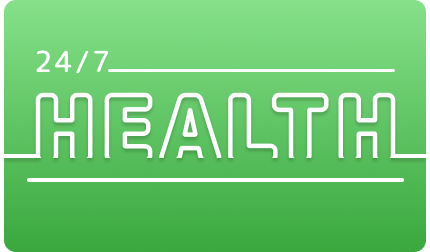Middle-age people in the United States are more likely to die from a stroke than they have been in about two decades, according to a new report from the US Centers for Disease Control and Prevention.
After at least a decade of decline, the death rate from stroke for people ages 45 to 64 started to rise in 2012. By 2019, the stroke death rate for this age group had grown 7% from where it was seven years earlier, and it spiked another 12% in the early years of the Covid-19 pandemic.
Stroke deaths for this age group dipped slightly in 2022 but were still significantly higher than before the pandemic. More than 19,700 people ages 45 to 64 died from a stroke in 2022, according to the new report – about 24 deaths for every 100,000 people in this age group.
Stroke is the fifth leading cause of death in the US overall, and most strokes happen to people 65 and older. Earlier research has found that Covid-19 infection raises the risk of stroke for people of all ages.
But the longer-term rise in stroke death rates among middle-age people contrasts with the downward trend seen among seniors and elderly people over the past decade, says Sally Curtain, a statistician with the CDC’s National Center for Health Statistics and author of the new report.
Also, racial and ethnic disparities in the death rate from stroke are much higher among middle-age adults than they are for older adults, she said. Among those 65 and older, the stroke death rate for Black people was 24% higher than it was for White seniors; among those ages 45 to 64, it was 133% higher for Black people than White people.
Middle-age men are more likely to die from a stroke than middle-age women, and stroke death rates are higher in the South than any other region, according to the new report.
In 2022, there were about 66 deaths from stroke for every 100,000 middle-age Black men living in the South – nearly three times more than the overall rate for this age group.
Experts warn that middle age is an important time to monitor your health and manage risk factors such as hypertension, diabetes and obesity.
“Many people think about stroke being an older person’s disease, and it is. The longer you’re alive, the longer the risk factors have to cause plaque to form in blood vessels,” said Dr. Elisabeth Breese Marsh, a vascular neurologist and director of the Comprehensive Stroke Center at Johns Hopkins Bayview. But the arteries start to harden in middle age, which can exacerbate the build-up and lead to complications.
“All of these risk factors are so prevalent in society, and we’re seeing them at earlier ages. It is not uncommon for younger people now to have strokes due to these comorbidities,” said Marsh, who was not involved in the new report. “No one wants to feel old, but it’s taking care of yourself earlier on that really helps you to thrive in middle and later life.”
Stroke diagnosis and treatment options have evolved greatly over the past decade, experts say. And new ways to address comorbidities – such as blockbuster GLP-1 drugs that are used to treat type 2 diabetes and obesity – hold promise in managing risk factors.
- Sign up here to get The Results Are In with Dr. Sanjay Gupta every Tuesday from the CNN Health team.
But it’s crucial for people who are having a stroke to act fast – and to have equitable access to health care and treatment, experts say.
Strokes are often identified by a sudden severe headache, vision problems in one or both eyes, trouble walking, paralysis or numbness in the face or limbs, and trouble speaking or understanding others, according to the Mayo Clinic.
The younger brains of middle-age adults have significant potential to recover if treated quickly and aggressively, Marsh said, but people in this age group may wait longer to seek care because they may be less likely to admit they need help.
“It’s really important, whether it’s the patient or their family, that they recognize the symptoms and get to the hospital as fast as possible,” she said. “Those first couple of hours are critical.”





